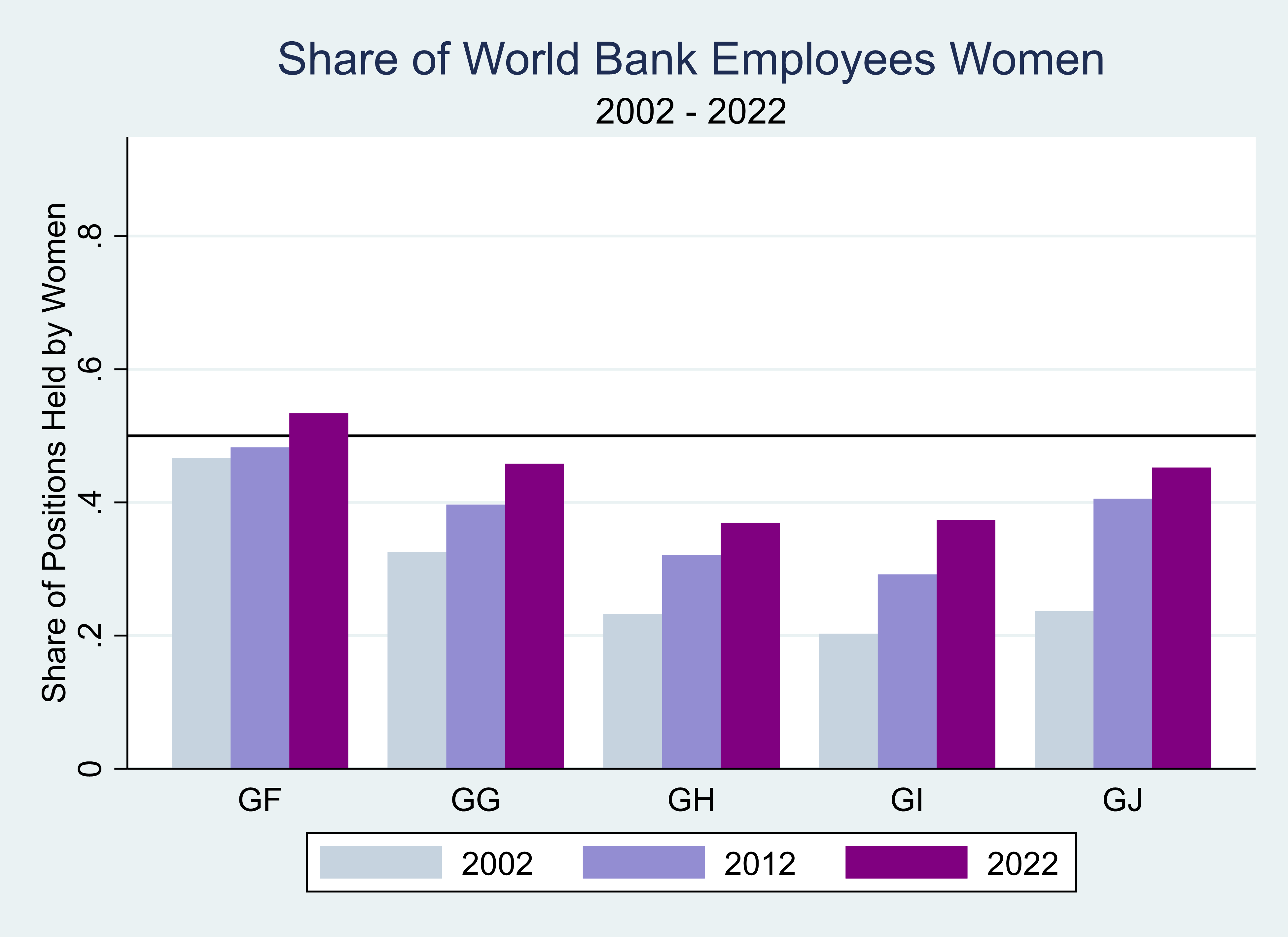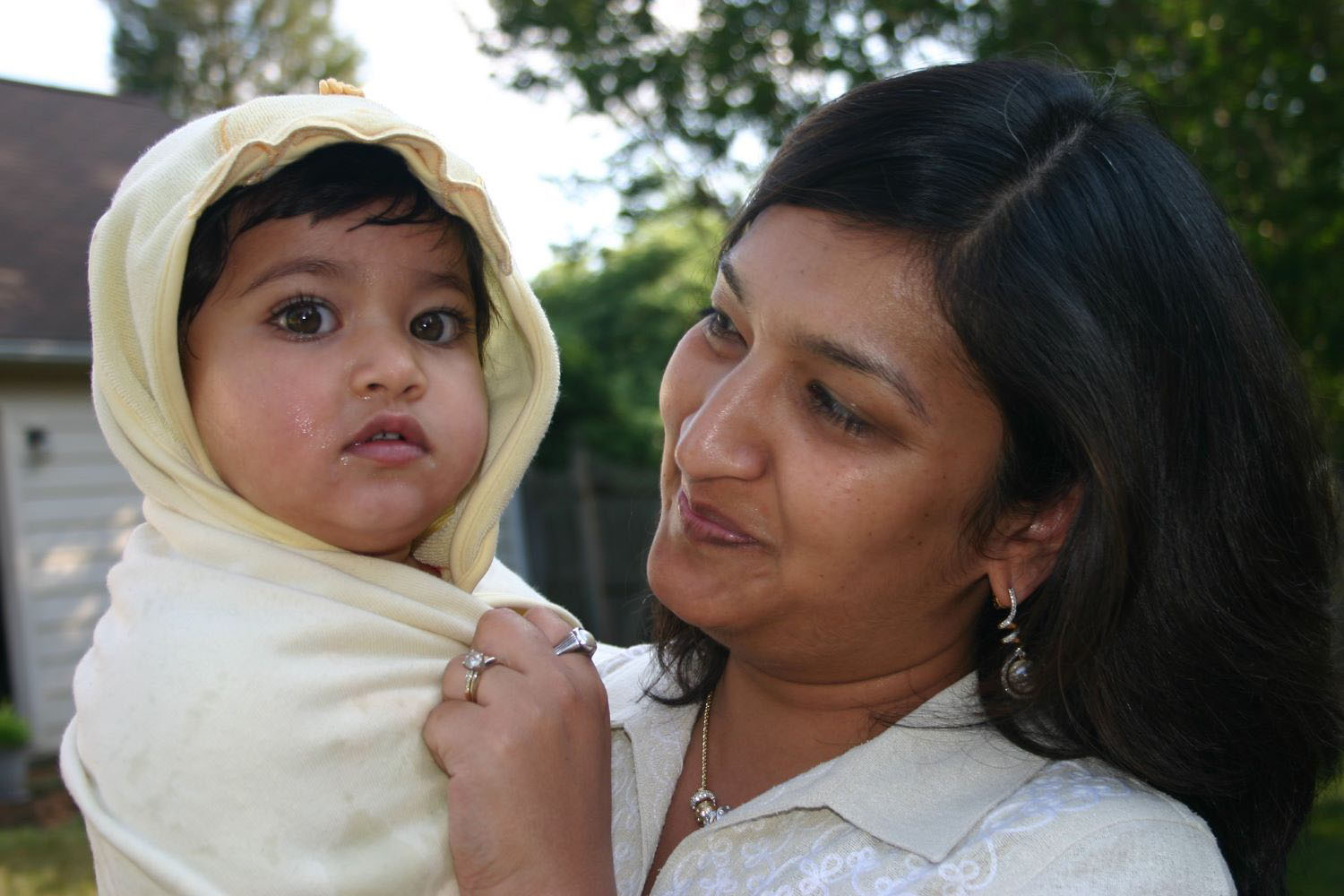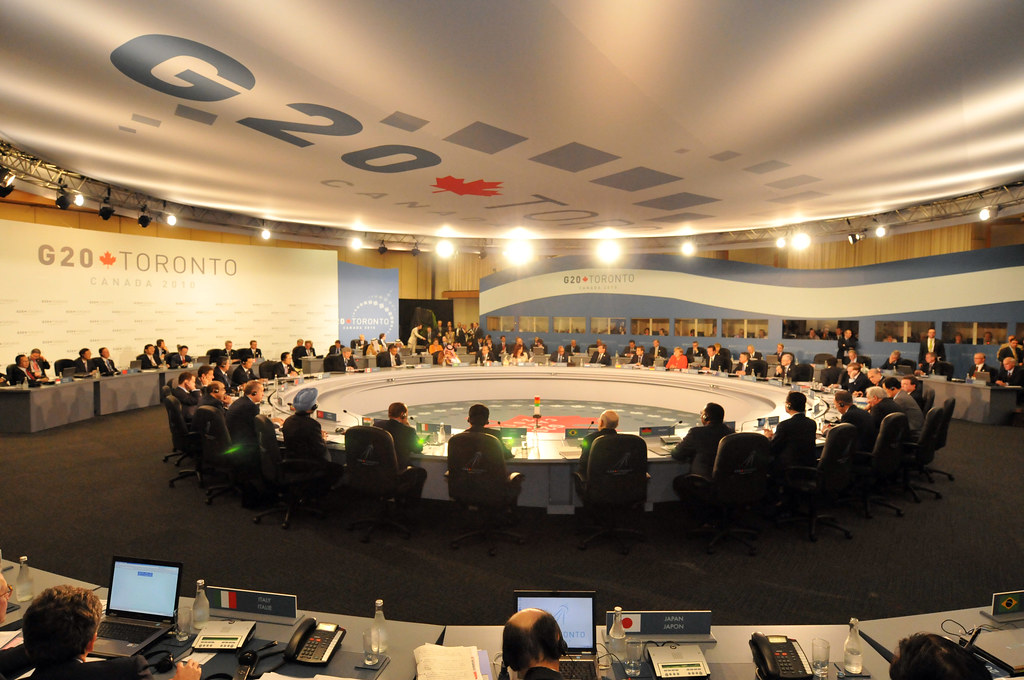This blog post originally appeared in Spanish on the Inter-American Development Bank website.
In their recently released 2019 annual letter, Bill and Melinda Gates argue that data can be sexist. Missing or inaccurate data on women and girls can block their progress and that of society and economic development at large, they state, since robust gender data has the power to encourage change to achieve greater gender equality.
Due to an overall lack of high-quality data on women and girls (“gender data” as we call it), there are few documented cases where such data has shaped public policy and yielded clear benefits. This has been a challenge in the financial sector since the gap in data about women’s financial inclusion (defined as access, usage and quality of financial services for women) remains large, despite its value.
However, Mexico is a notable exception. Indeed, we document the data-to-policy-to-results link and detail how Mexico used gender data to shape public policies in a recently-published case study that we wrote in the context of the Women’s Financial Inclusion Data Partnership, coordinated by Data2X. It also highlights insights and trends in financial inclusion that only rich data sets can provide.
For instance, the proportion of adults in Mexico with access to at least one formal financial product (for example, savings, credit, insurance, or retirement fund) increased more for women (from 52% to 65%) than for men (from 61% to 72%) between 2012, when this data began to be collected, and 2018. In this same time period, and the gender gap in access shrunk, from 8 percentage points in 2012 to 6.6 percentage points in 2018. These numbers come from demand-side data, which Mexico has collected every three years since 2012 through a National Financial Inclusion survey which obtain access and use information directly from individuals.
Similarly, of the 94.7 million bank accounts in Mexico as of March 2018, 50.5% were held by women. Women make up the majority of customers of national development banks (they hold 81% of accounts), banks that manage accounts of social program beneficiaries (they hold 93% of the accounts at Compartamos), and commercial banks in lower per capita income states (they hold 53% of accounts in Tlaxcala and Oaxaca), while men are the majority of account holders in commercial banks (52%) and in higher income states. These numbers come from sex-disaggregated supply-side data provided by administrative records from banks and other financial sector providers.
In Mexico, gender gaps evident in the demand-side data triggered the collection of sex-disaggregated supply-side information—both sets of data are complementary and together give the full picture of the state of financial inclusion—and policies to address these gaps. For instance, a documented gender gap in retirement savings (only 33% of women versus 50% of men reported having retirement savings in 2015) motivated government programs to promote retirement savings, including formalizing domestic workers (the majority of whom are women) and providing them with pension benefits and insurance.
Women’s prevalence as customers of development and commercial banks in low income states is partly explained by the government’s massive conditional cash transfer program (Prospera) which in recent years has opted to transfer the monthly cash subsidy to women in the beneficiary households through bank accounts. The supply-side data points this out and highlights a new challenge now that the gender gap in bank account holding has closed: the need to expand women’s access to other financial products, such as credit, savings and insurance, in addition to commercial bank accounts.
One obstacle women in Mexico continue to face is lack of collateral (the 2018 demand-side survey revealed a gender gap of more than 20 percentage points in asset ownership in men’s favor). Mexican Fintech companies can help address this by using Artificial Intelligence (AI), alternative data, and predictive algorithms to qualify women for loans as a substitute for traditional collateral.
It might seem obvious that most countries should have financial inclusion data that is sex-disaggregated like in the case of Mexico; however, few countries do. In fact, Mexico is one of the few countries in the world where supervised financial institutions must report sex-disaggregated data to the regulator. More broadly, we found Mexico used legislation, regulatory leadership, inter-institutional collaboration (between government agencies and private sector banks) and data as engines of change, and this change built on an evidence-based policy culture, strong gender equality policies and advocacy, and solid statistical capacity. Many of the enabling elements described in the Mexico case study offer lessons to countries in the region and elsewhere.
Mexico is proving that when sex-disaggregated financial sector data makes women visible, this gender data strengthens Mexico’s financial sector and improves women’s lives.
En su carta anual del 2019 recientemente publicada, Bill y Melinda Gates argumentan que los datos pueden ser sexistas. Los datos faltantes o inexactos sobre mujeres y niñas pueden bloquear su progreso y el de la sociedad, y el desarrollo económico en general, afirman, ya que los datos sólidos de género tienen el poder de alentar el cambio para lograr una mayor igualdad de género.
Debido a la falta general de datos de alta calidad sobre mujeres y niñas ("datos de género", como los llamamos), hay pocos casos documentados en los que dichos datos hayan dado forma a políticas públicas y hayan producido beneficios. Esto ha sido un desafío en el sector financiero ya que la brecha en los datos sobre la inclusión financiera de las mujeres (definida como acceso, uso y calidad de los servicios financieros para mujeres) sigue siendo grande, a pesar de su valor.
Sin embargo, México es una notable excepción. De hecho, documentamos el nexo entre la data, la política, y los resultados, y detallamos cómo México utilizó los datos de género para dar forma a las políticas públicas en un estudio de caso publicado recientemente que escribimos en el contexto de la Women’s Financial Inclusion Data Partnership, coordinado por Data2X. Este también destaca las perspectivas y tendencias en la inclusión financiera que solo ricas bases de datos podrían proporcionar.
Por ejemplo, la proporción de adultos en México con acceso a al menos un producto financiero formal (por ejemplo, ahorros, crédito, seguro o fondo de jubilación) aumentó más para las mujeres (de 52% a 65%) que para los hombres (de 61 % a 72%) entre 2012, cuando comenzaron a recolectarse estos datos, y el 2018. En este mismo período, la brecha de género en el acceso se redujo, de 8 puntos porcentuales en 2012 a 6.6 puntos porcentuales en 2018. Estas cifras provienen de datos del lado de la demanda, la cual México recopila cada tres años desde el 2012 a través de una encuesta Nacional de Inclusión Financiera, que obtiene acceso y usa información directamente de individuos.
De manera similar, de los 94.7 millones de cuentas bancarias en México a marzo de 2018, el 50.5% estaban en manos de mujeres. Las mujeres constituyen la mayoría de los clientes de los bancos de desarrollo nacionales (81% de las cuentas), los bancos que administran las cuentas de los beneficiarios de los programas sociales (tienen 93% de las cuentas en Compartamos) y los bancos comerciales en los estados con ingresos per cápita más bajos (tienen el 53% de las cuentas en Tlaxcala y Oaxaca), mientras que los hombres son la mayoría de los titulares de cuentas en bancos comerciales (52%) y en los estados con mayores ingresos. Estos números provienen de datos del lado de la oferta desagregados por sexo, proporcionados por registros administrativos de bancos y otros proveedores del sector financiero.
En México, las brechas de género evidentes en los datos del lado de la demanda desencadenaron la recopilación de información del lado de la oferta desagregada por sexo - ambos conjuntos de datos son complementarios y en conjunto ofrecen una visión completa del estado de la inclusión financiera - y las políticas para abordar estas brechas. Por ejemplo, la brecha de género documentada en los ahorros para la jubilación (solo 33% de las mujeres en comparación con el 50% de los hombres informó haber tenido ahorros para la jubilación en 2015) motivó a los programas gubernamentales a promover los ahorros para la jubilación, incluida la formalización de los trabajados domésticos (la mayoría de los cuales son mujeres), y proveer prestaciones de pensión y seguro.
La prevalencia de las mujeres como clientes de bancos de desarrollo y comerciales en los estados de bajos ingresos se explica en parte por el programa de transferencia condicional (Prospera) del gobierno, que en los últimos años optó por transferir el subsidio mensual en efectivo a las mujeres de los hogares beneficiarios a través de cuentas bancarias. Los datos de la oferta señalan esto y presentan un nuevo desafío ahora que la brecha de género en la posesión de cuentas bancarias se ha cerrado: la necesidad de ampliar el acceso de las mujeres a otros productos financieros, como crédito, ahorros y seguros, además de las cuentas de bancos comerciales.
Un obstáculo que siguen enfrentando las mujeres en México es la falta de garantías (la encuesta de demanda del 2018 reveló una brecha de género de más de 20 puntos porcentuales en la tenencia de activos a favor de los hombres). Las compañías mexicanas de Fintech pueden ayudar a resolver esto utilizando Inteligencia Artificial (AI), datos alternativos, y algoritmos predictivos para calificar a las mujeres para préstamos como un sustituto de la garantía tradicional.
Podría parecer obvio que la mayoría de los países deberían tener datos de inclusión financiera que estén desagregados por sexo, como en el caso de México; sin embargo, pocos países lo hacen. De hecho, México es uno de los pocos países en el mundo donde las instituciones financieras supervisadas deben informar los datos desagregados por sexo al regulador. En términos más generales, encontramos que México utilizó la legislación, el liderazgo regulatorio, la colaboración interinstitucional (entre agencias gubernamentales y bancos del sector privado) y los datos como motores del cambio, y este cambio se basa en una cultura de políticas basada en evidencia, políticas sólidas de igualdad de género y fomento, y una sólida capacidad estadística. Muchos de los elementos habilitadores descritos en el estudio de caso de México ofrecen lecciones a los países de la región y otros lugares.
México está demostrando que, cuando los datos del sector financiero desagregados por sexo hacen visibles a las mujeres, estos datos de género fortalecen el sector financiero de México y mejoran la vida de las mujeres.
Disclaimer
CGD blog posts reflect the views of the authors, drawing on prior research and experience in their areas of expertise. CGD is a nonpartisan, independent organization and does not take institutional positions.





